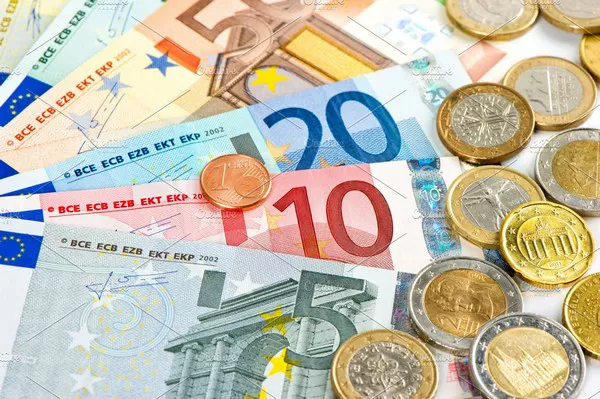In the dynamic realm of global finance, the comparison between the Euro and the Dollar has been a perennial topic of interest. As two of the world’s most dominant currencies, their relative strengths often play a pivotal role in shaping international trade, investment, and economic policies. One question that frequently arises is whether the Euro has ever been weaker than the Dollar. To answer this query, we must delve into the historical context of the Euro-Dollar exchange rate, examining key events, economic factors, and policy decisions that have influenced their relative strengths over time.
Origins of the Euro:
The Euro, introduced on January 1, 1999, as an electronic currency for banking and financial transactions, became physical tender in 2002. Born out of the vision to enhance economic integration among European Union (EU) member states, the Euro initially faced skepticism and uncertainty. However, it quickly gained traction, emerging as a formidable counterpart to the long-standing dominance of the US Dollar.
Early Years: Euro Weakness
In its nascent years, the Euro experienced a period of relative weakness against the US Dollar. Market sentiment was marked by concerns about the Eurozone’s economic stability and the ability of its member countries to maintain fiscal discipline. Skepticism surrounding the Euro’s viability as a unified currency contributed to its lower valuation compared to the Dollar.
The Dot-Com Bubble and the Euro’s Struggles:
The early 2000s witnessed the burst of the Dot-Com Bubble, a global economic downturn that had ripple effects across various markets. During this time, the Euro faced challenges as investors sought refuge in the perceived stability of the US Dollar. The Euro’s weakness was further compounded by uncertainties surrounding the economic policies of certain Eurozone countries, contributing to a perception of instability in the region.
The Global Financial Crisis: Euro Strength Emerges
The tide turned in the aftermath of the 2008 Global Financial Crisis. The crisis originated in the United States but had profound implications for the global economy. The Euro proved resilient in the face of economic challenges, and its value strengthened relative to the Dollar. Investors, disillusioned by the weaknesses exposed in the US financial system, sought alternatives, and the Euro emerged as a beneficiary of this shift in sentiment.
Eurozone Debt Crisis: A Setback for the Euro
However, the Euro’s newfound strength was short-lived, as the Eurozone encountered its own set of challenges with the sovereign debt crisis that unfolded in 2010. Countries like Greece, Portugal, and Ireland faced severe fiscal problems, raising doubts about the sustainability of the Eurozone project. Consequently, the Euro experienced a period of weakness as investors questioned the cohesiveness of the currency union and the ability of member states to navigate the economic headwinds.
European Central Bank Interventions:
Throughout its history, the European Central Bank (ECB) has played a crucial role in influencing the Euro’s strength. Through monetary policy decisions, interest rate adjustments, and quantitative easing measures, the ECB has aimed to stabilize the Euro and address economic imbalances within the Eurozone. These interventions have often had a direct impact on the Euro-Dollar exchange rate.
Recent Trends: Euro Resilience
In the post-debt crisis era, the Euro has displayed resilience and regained some of its strength against the Dollar. Improved economic conditions within the Eurozone, coupled with a series of policy measures implemented by the ECB, contributed to a more positive outlook for the Euro. Additionally, geopolitical factors and trade tensions have occasionally shifted investor preferences, impacting the relative strength of the Euro and the Dollar.
Current Outlook:
As of the latest available data, the Euro and the Dollar continue to be influenced by a myriad of factors, including economic indicators, monetary policy decisions, geopolitical developments, and global market sentiment. The ongoing evolution of the Euro-Dollar exchange rate underscores the dynamic nature of currency markets.
Conclusion:
In assessing whether the Euro has ever been weaker than the Dollar, it is essential to recognize the historical context and the various economic and geopolitical factors that have shaped their relative strengths. The Euro’s journey from skepticism and weakness in its early years to resilience and strength in the face of global economic challenges highlights the complexity of currency dynamics. As the global financial landscape continues to evolve, the Euro-Dollar relationship will undoubtedly remain a subject of keen interest and scrutiny for investors, policymakers, and economists alike.


